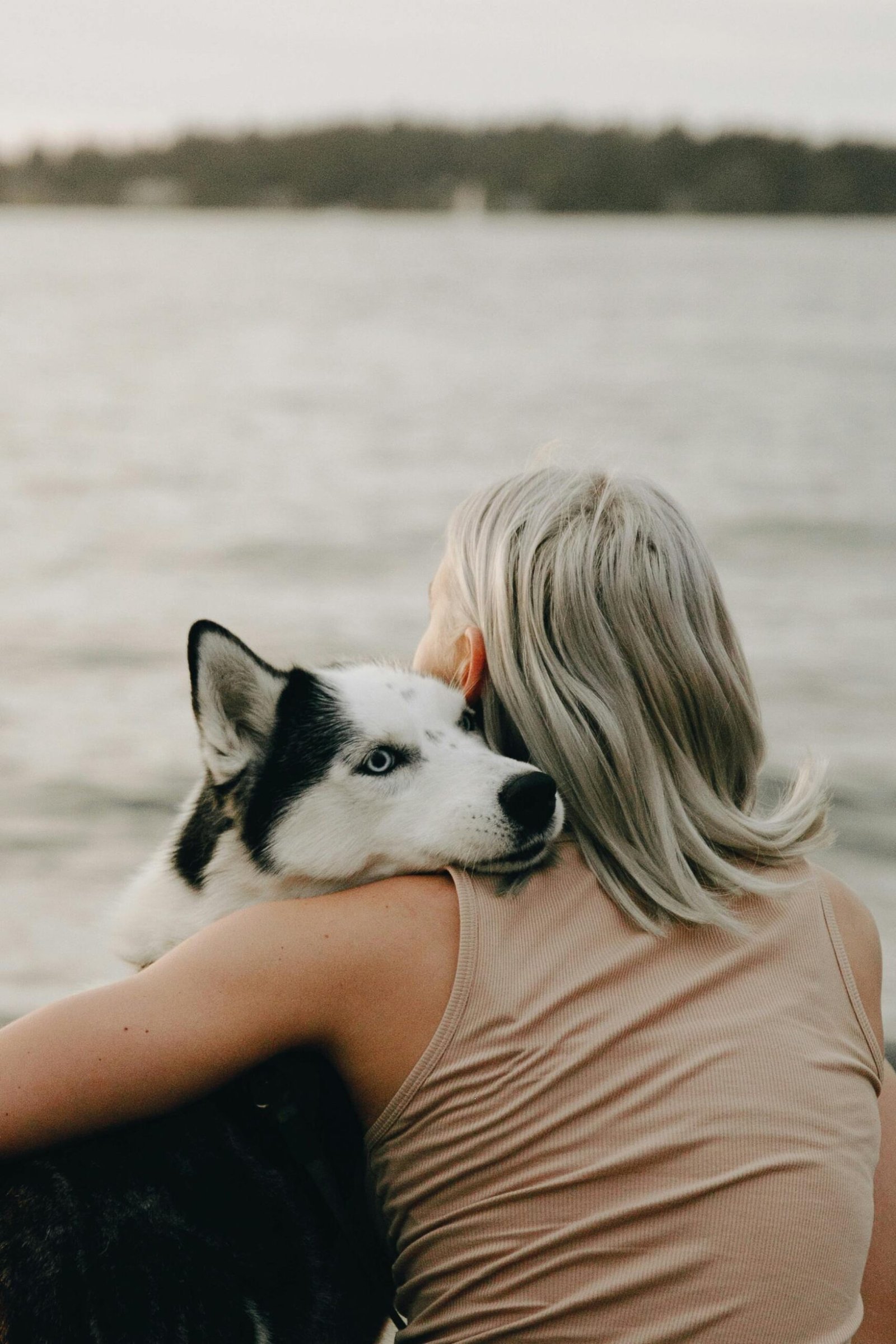Dogs have been humans’ loyal companions for thousands of years, and their ability to sense our emotions is nothing short of incredible. Their unique intuition often leads them to offer comfort when we need it the most. For dog lovers everywhere, understanding the ways in which our furry friends connect with us emotionally can deepen the bond we share with them. Let’s dive into the extraordinary ways dogs can sense when we need a comforting paw or a reassuring wag of the tail.
1. Reading Facial Expressions
Dogs are remarkably adept at interpreting human facial expressions. They can distinguish between a smile and a frown, and they often react accordingly. If you’ve ever noticed your dog approaching you during a moment of sadness, it might be because they can see your downcast eyes or furrowed brow. Dogs have evolved alongside humans for centuries, learning to read our faces just like a book. It’s like they have their own little guide on how to decipher our moods, and they’re experts at it!
2. Sensing Changes in Voice Tone
Your dog is more attuned to your voice than you might think. They can detect subtle changes in your tone, understanding when you’re upset or stressed. This sensitivity allows them to respond with comforting behaviors, like resting their head on your lap or bringing you their favorite toy. Think of your voice as a musical instrument, and your dog is the audience who can hear every note, every tone, and every emotional nuance.
3. Recognizing Body Language
Dogs are masters of body language, not just their own but ours too. They can sense when your shoulders droop with the weight of the world or when your movements are slower than usual. This ability to read physical cues is a testament to their empathy and desire to be there for us. Imagine having a friend who could understand how you feel just by watching you move; that’s what dogs do every day.
4. Detecting Scent Changes
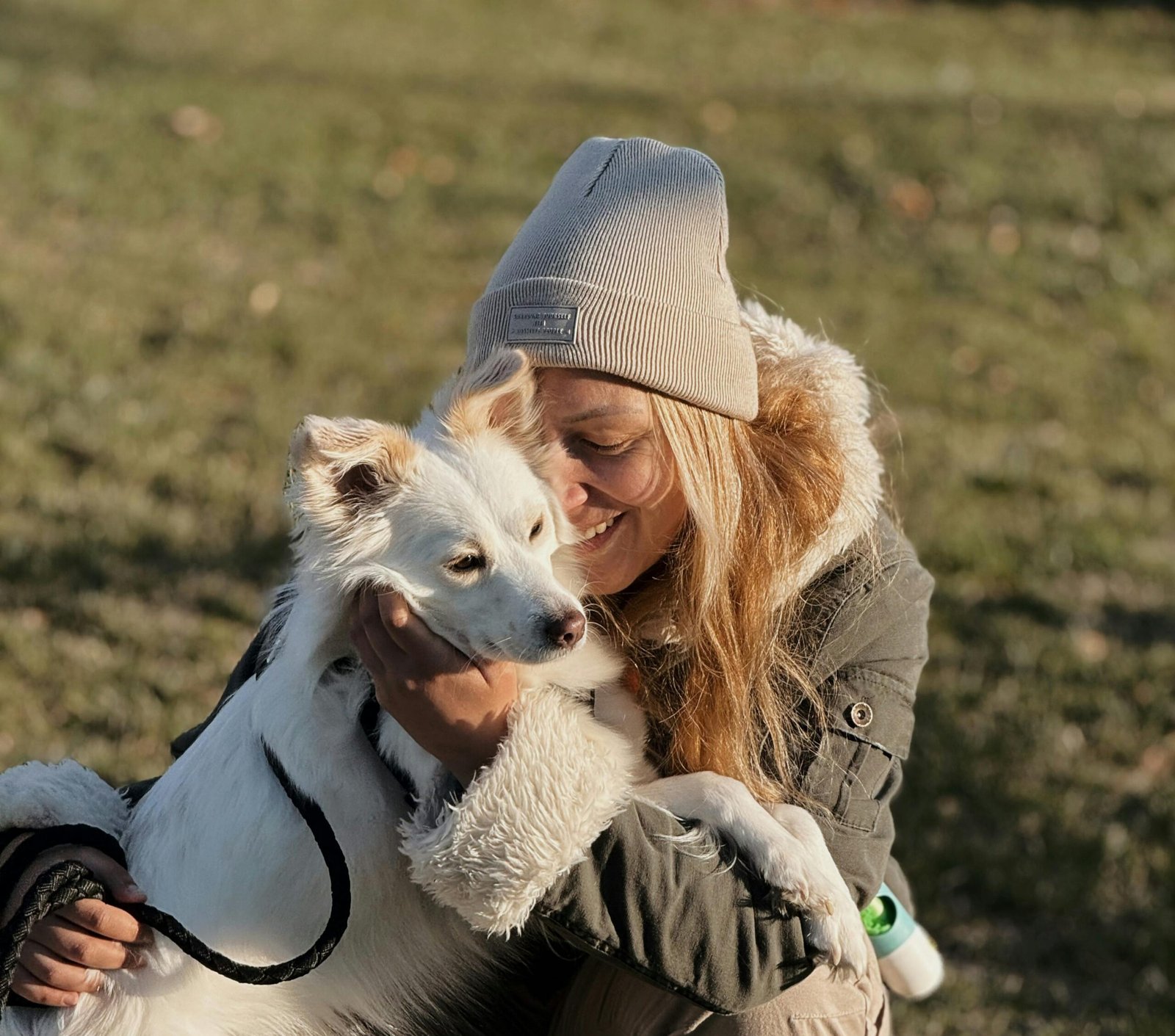
Believe it or not, your emotional state can alter your scent, and dogs have an incredible sense of smell. When you’re anxious or stressed, your body chemistry changes, and your dog can pick up on that. This unique skill enables them to offer comfort when they sense something’s off, acting like a furry emotional barometer. It’s as if they’re sniffing out emotions, something invisible to us but clear as day to them.
5. Noticing Changes in Routine
Dogs are creatures of habit, and they quickly learn our daily routines. If you deviate from your usual patterns, your dog might sense something is amiss. Whether it’s skipping your morning coffee or coming home later than usual, dogs pick up on these changes and often respond by offering companionship. It’s akin to a loyal friend who notices when you’re out of sorts and makes sure you’re okay.
6. Responding to Tears
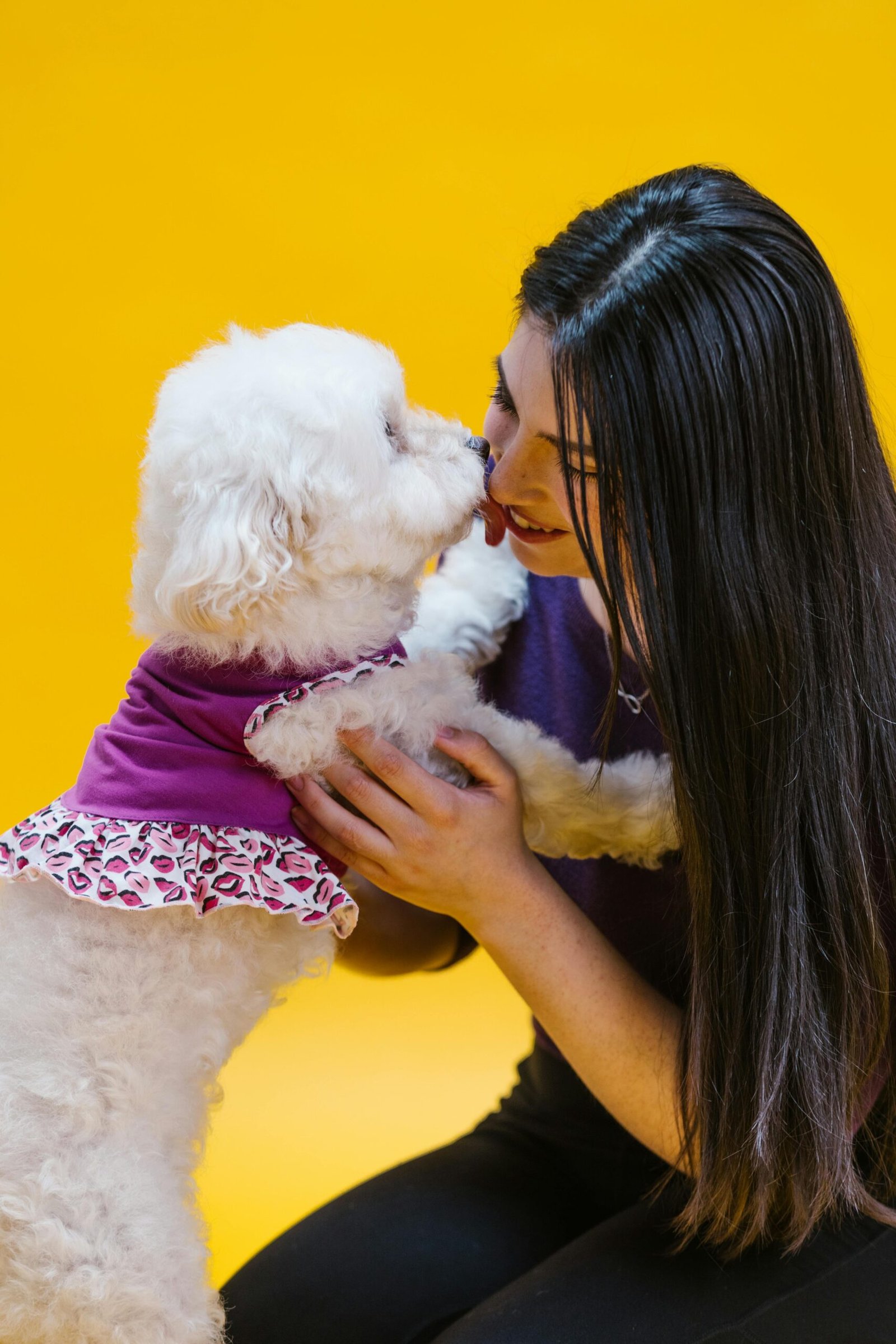
Many dog owners report that their pets come running at the sound of tears. The combination of your emotional scent, body language, and vocal cues alerts your dog to your distress. Their natural response is to offer comfort, often by snuggling close or licking away your tears. It’s a simple yet profound gesture that speaks volumes of their loyalty and love, like a gentle reminder that you’re not alone.
7. Sensing Vibrations
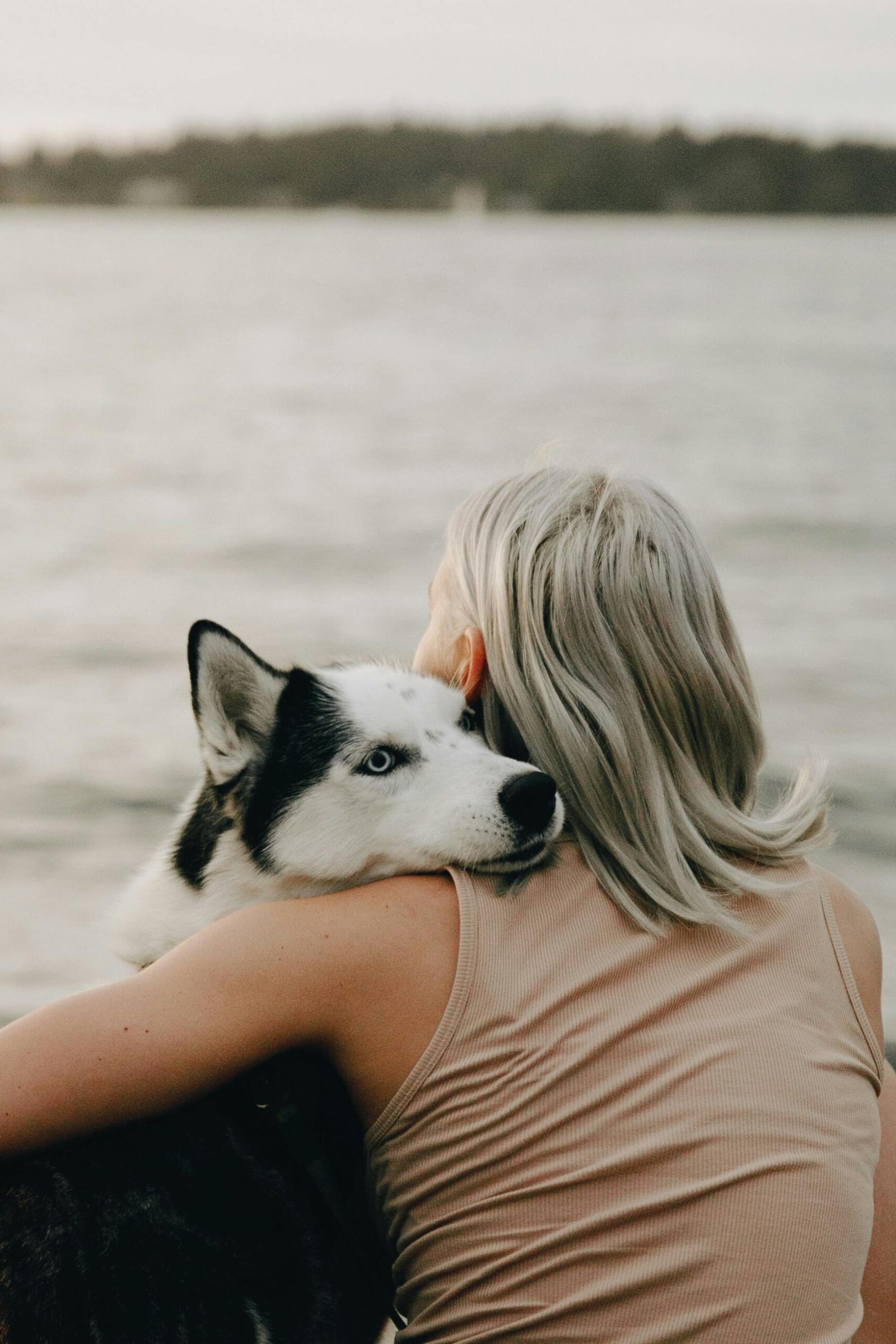
Dogs have a heightened sense of vibration, allowing them to pick up on subtle changes in their environment. When you’re feeling anxious, your movements may become more erratic or tense, and your dog can detect these vibrations. They then offer a calming presence, grounding you in moments of unease. It’s like having a furry grounding wire, stabilizing you when your world feels shaky.
8. Picking Up on Energy Levels
Dogs are sensitive to the energy levels of those around them. If you’re feeling low or drained, your dog might sense this and respond by being more affectionate or playful to lift your spirits. They act like little energy sensors, always tuned into your emotional frequency and ready to adjust their behavior to match your needs.
9. Monitoring Your Health
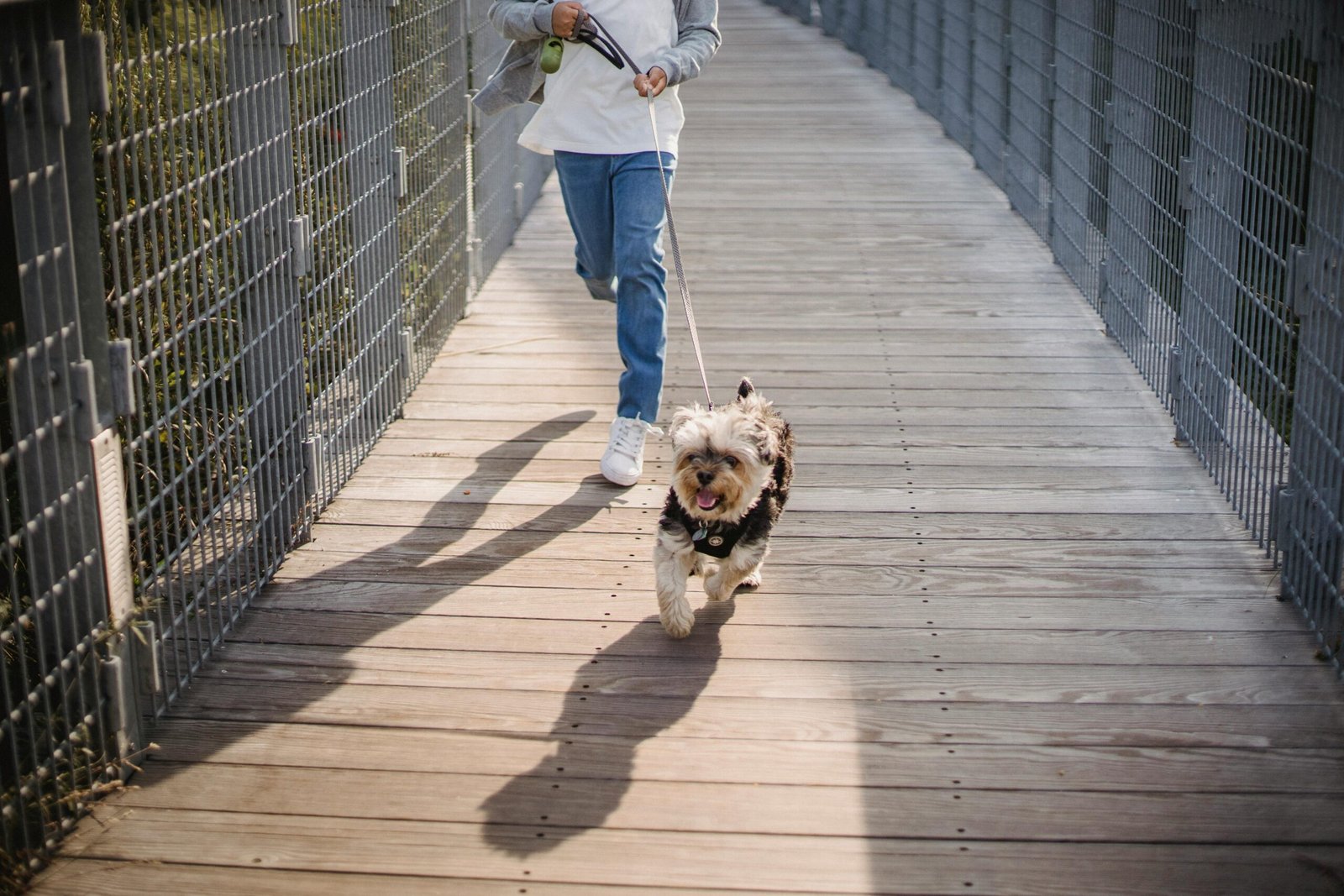
Some dogs are trained to detect health issues like seizures or low blood sugar, but even untrained dogs can be surprisingly attuned to our physical health. If you’re feeling unwell, your dog might pick up on this and stick close by, offering warmth and comfort. It’s as if they have a sixth sense for our well-being, always on the lookout for ways to help.
10. Following Changes in Heart Rate
Dogs’ acute hearing allows them to detect changes in your heartbeat. During moments of stress or anxiety, your heart rate may increase, and your dog can sense this. They often respond by staying close, providing a calming presence that can help regulate your heart rate. Imagine having an empathetic companion who can feel the rhythm of your heart and respond with unconditional love.
11. Observing Eye Contact
The eyes are windows to the soul, and dogs seem to understand this better than anyone. They can sense your emotional state simply by looking into your eyes. When you make eye contact with your dog, especially during times of distress, they often respond with a comforting gaze or gentle nuzzle. It’s a silent communication that transcends words, offering reassurance and connection.
12. Trusting Their Instincts
Above all, dogs trust their instincts. They have an innate ability to sense when something is wrong, often before we even realize it ourselves. This intuition allows them to be there for us in ways that are both comforting and healing. It’s like having a furry guardian angel, always watching over you and ready to offer support when you need it most.
In conclusion, dogs possess a remarkable ability to sense our emotions and respond with empathy and love. Their intuition and loyalty provide us with comfort in ways that are both profound and heartwarming. For those who share their lives with these incredible creatures, it’s a reminder of the unique bond that exists between humans and dogs—a bond that enriches our lives every day.

Linnea is a born and bred Swede but spends as much time as possible in Cape Town, South Africa. This is mainly due to Cape Town’s extraordinary scenery, wildlife, and atmosphere (in other words, because Cape Town is heaven on earth.) That being said, Sweden’s majestic forests forever hold a special place in her heart. Linnea spends as much time as she can close to the ocean collecting sea shells or in the park admiring puppies.

